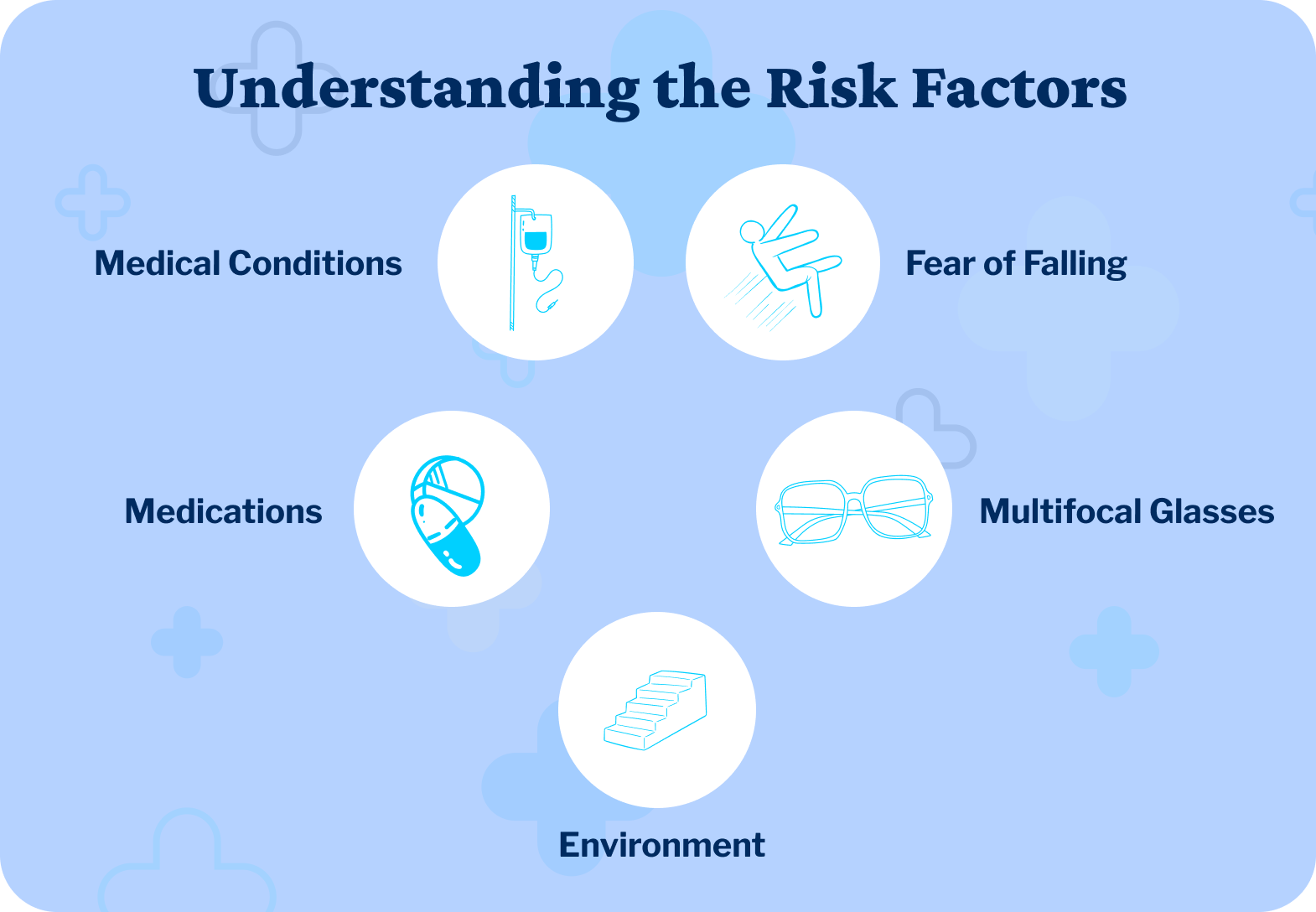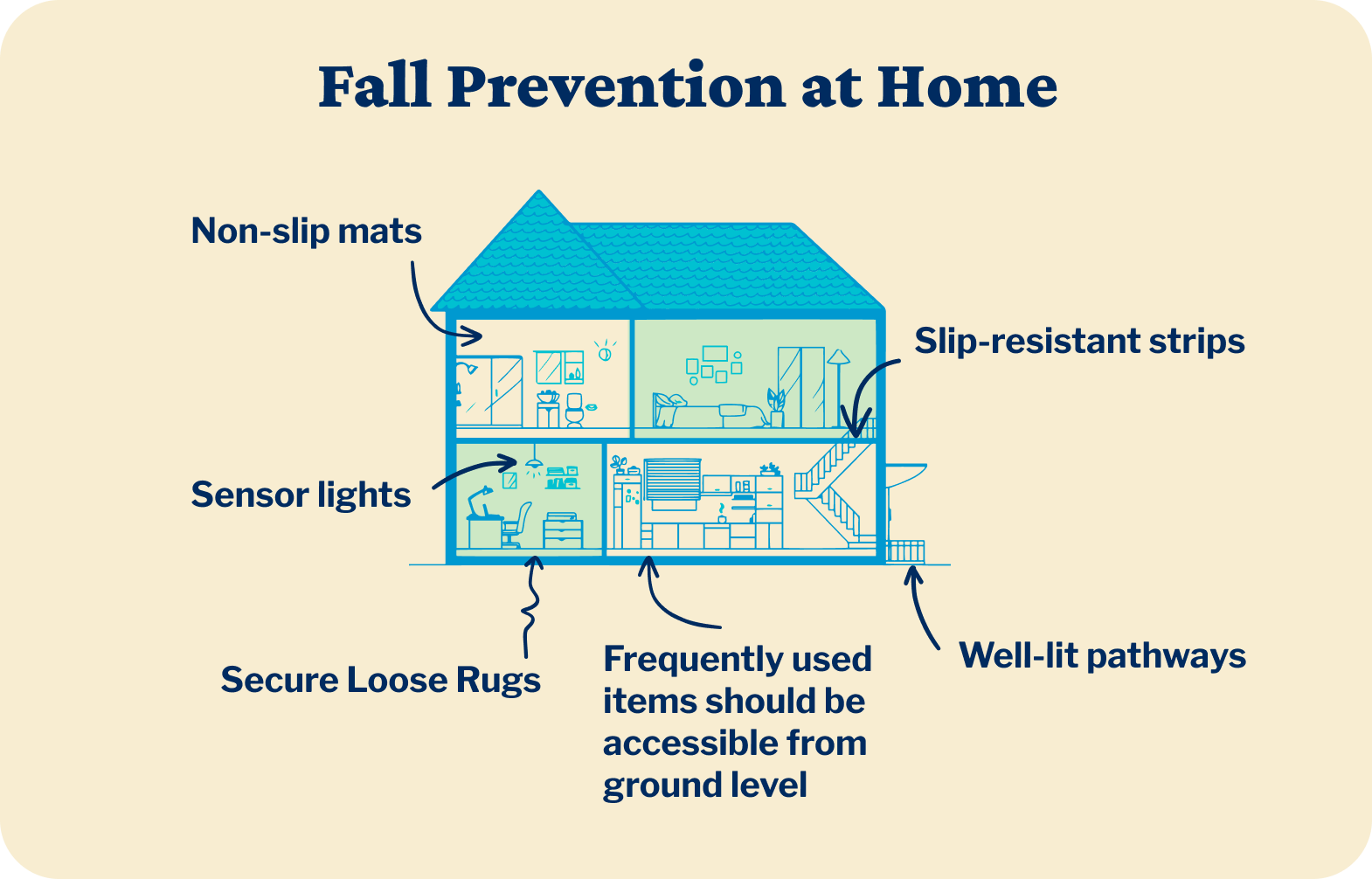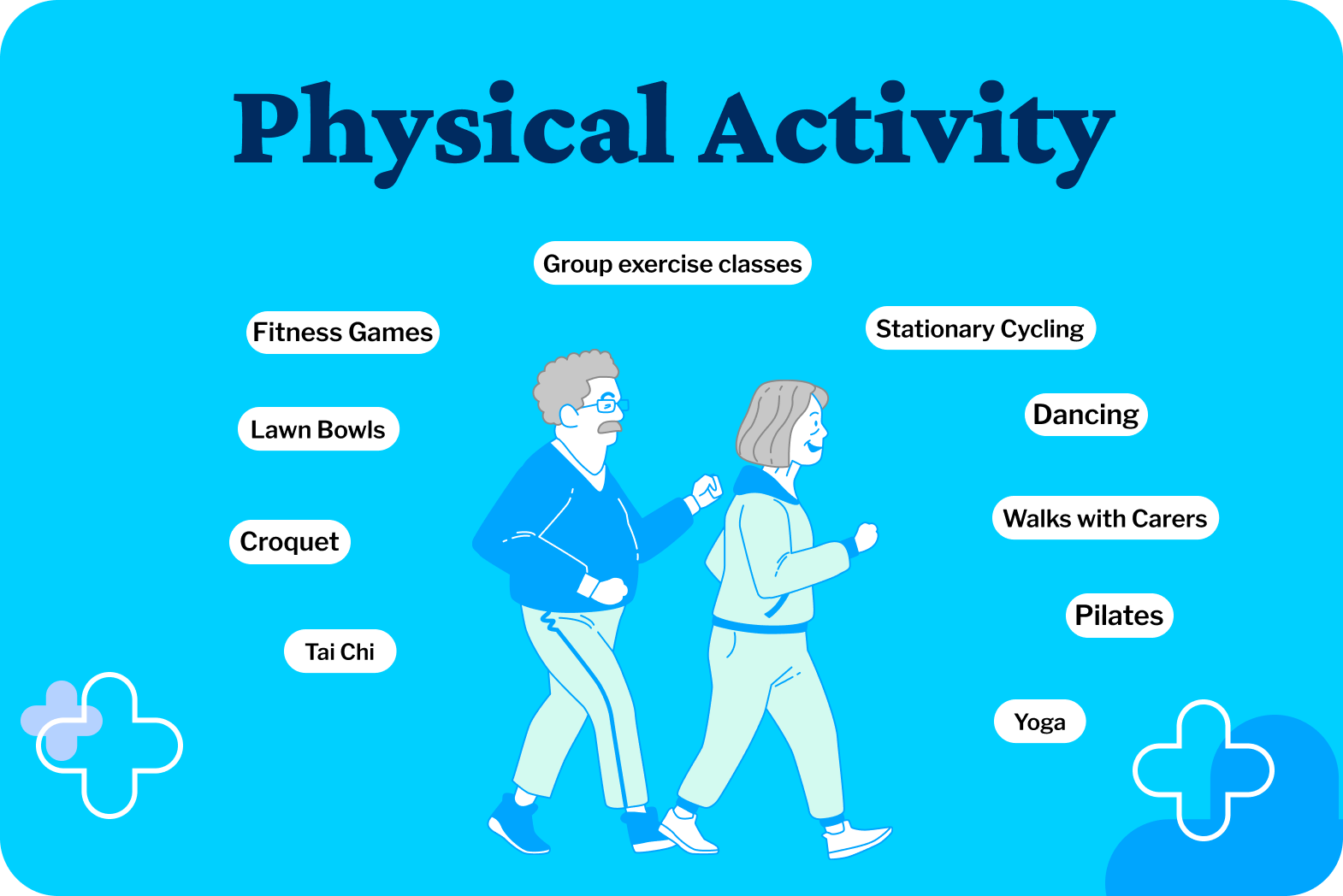Falls are common among the elderly, but preventable
According to the World Health Organization, more than 37 million falls occur around the globe every year that are severe enough to require medical attention. Falls are the second leading cause of unintentional injury deaths worldwide, and older people above the age of 60 have an increased risk since they suffer the greatest number of fatal falls.
Fortunately, many of these falls can be prevented.
Fall prevention for older adults is a plan of action in healthy ageing: it is a 360-degree review of lifestyle, environment and risk factors focused on preventing falls and reducing the risk of falling altogether. Effective fall prevention strategies empower older people in Australia to retain their independence and a high quality of life.
Understanding Risk Factors of Falling
Fall risks generally increase as we age, and most falls have a mix of causes. Medical conditions and environmental factors are both prevalent in fall-related injuries, but much of the time, risks can be identified in advance and help with the prevention of falls.
Medical Conditions
Balance disorders, sensory decline, cognitive impairment, diminished limb strength and other age-related physical challenges (such as osteoporosis) should be monitored closely to limit the risk of falling and injury.
Medications
Psychoactive medications, in particular, can impact balance and coordination. Healthcare providers can shed light on possible side effects, such as dizziness.
Environment
Slippery floors and poor lighting are two common fall risks, but there are many others.
Multifocal Glasses
Visual impairment is a major risk factor, and multifocal lenses increase fall risk by distorting the lower visual field. Single-lens glasses are safer for moving around.
Fear of Falling
An older person who has fallen in the past might develop a fear of falling, even if they weren’t injured. That fear can increase the likelihood of another fall by making them feel less confident about their balance. It can also cause them to be more cautious overall, leading to reduced activity levels and diminished quality of life.
Fall Prevention at Home
Home Safety Modifications
In Australia, 67% of falls occur at home. That’s why home safety modifications are among the most important interventions in preventing falls. Here are some tips and things to look for while performing a risk assessment around the home:
• Lighting: Adequate lighting throughout the home, especially around steps and stairs; night lights (inside) and sensor lights (outside) can be helpful
• Floors: No clutter (including cords/cables); loose rugs should be secured or removed
• Steps/Stairways: Handrails that run the full length of stairways; clearly marked edges of each step; slip-resistant strips for added grip
• Kitchen: Frequently used items should be accessible from ground level to prevent climbing
• Bathroom: Grab rails and non-slip mats are both essential for injury prevention
• Outdoors/Garden: Well-lit pathways that are free of clutter and overgrowth
Click here to view a home safety checklist from Active & Healthy.
Tools and Technology
Walking aids and assistive devices—such as walkers and canes—can not only improve an older person’s mobility and balance, but they can also help mitigate a fear of falling. These days, technology is also an important part of fall prevention strategies, including wearable devices that detect falls and dispatch health service alerts.
Some other at-home adjustments might include:
- Orthotics for shoes, which provide additional support and can also reduce joint pain.
- Lifestyle education from an occupational therapist or health professional can offer training and tips for hazard reduction.
- Not rushing and paying attention to the task at hand can go a long way in preventing falls.
Physical Activity and Exercises
Exercise programs are a fundamental part of any fall prevention strategy. Whether performed at home or in a group setting, regular exercise can enhance balance, maintain muscular and limb strength, and improve flexibility.
Here are a few activities that are particularly beneficial for strength and balance:
- Tai Chi
- Yoga
- Dancing
- Pilates
- Croquet
- Lawn bowls
- Walks with carers
- Fitness games
- Stationary cycling
- Group exercise classes
Dietary Considerations
A healthy diet is important for everyone since it maximises energy and maintains strong muscles and bones. In addition, older Australians can fortify fall prevention plans with these important dietary considerations.
Vitamin D and calcium are critical for bone health—they can help prevent hospitalisations and major injuries such as hip fractures. Some older adults don’t get enough Vitamin D and calcium from diet alone and need to take supplements.Reliable sources of Vitamin D include milk, fish, eggs, and adequate sun exposure. Calcium, meanwhile, is found in dairy (yoghurt, cheese, milk), fish (salmon and sardines), figs and nuts (brazil nuts and almonds).
Hydration is also a key component of preventing falls. Dehydration causes dizziness and weakness, which are major risk factors. For more information about dietary considerations for people over the age of 65, click here for a guide from the Department of Health.
Additional Resources
If you’d like to learn more about fall prevention and its impact on public health, check out these resources:
- Guidebook for Preventing Falls and Harm From Falls in Older People: Australian Residential Aged Care Facilities (safetyandquality.gov.au)
- Staying Active and On Your Feet (activeandhealthy.nsw.gov.au)
- Falls fact sheet (World Health Organization)








